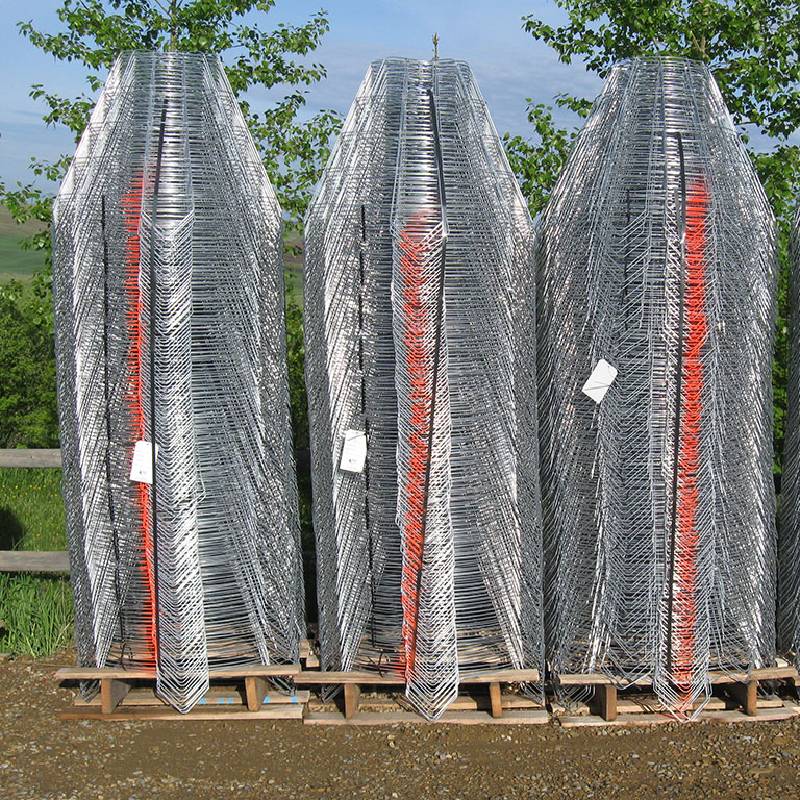
- Mobile Phone
- +8613931874955
- sales@cntcmetal.com
Exploring Innovative Solutions for Effective Grid Fencing and Boundary Management Challenges
Understanding Grid Fencing An Innovative Approach to Land Management
In recent years, the concept of grid fencing has emerged as an innovative solution for land management, particularly in agricultural settings and conservation efforts. Unlike traditional fencing methods, grid fencing utilizes a systematic design that allows for the efficient use of land while minimizing environmental impacts. This article explores the principles, benefits, and applications of grid fencing, shedding light on its growing importance in sustainable land management.
What is Grid Fencing?
Grid fencing refers to a fencing system designed in a grid pattern, creating distinct sections or paddocks within a larger area. This technique is especially useful for livestock management, allowing farmers to rotate animals between different sections of land. The primary objective of grid fencing is to optimize grazing practices, enhance pasture recovery, and improve soil health, thereby increasing the overall productivity of the land.
The grid design typically consists of a series of straight lines, forming squares or rectangles that can be easily adjusted according to the needs of the land and the animals. Modern variations of grid fencing may incorporate materials like electric wires, portable panels, or more traditional wooden or metal posts, adapting to various environments and management styles.
Benefits of Grid Fencing
1. Efficient Land Use One of the most significant advantages of grid fencing is its ability to maximize the use of available land. By dividing the area into smaller sections, farmers can manage grazing more efficiently, preventing overgrazing in any one location. This rotational grazing strategy leads to healthier pastures and ultimately enhances crop yields.
grid fencing

2. Soil Health Improvement Grid fencing facilitates better soil management by allowing specific areas to rest and recover. With proper rotation, the soil can regenerate nutrients, restore its structure, and reduce compaction. Healthier soil not only supports vibrant plant life but also plays a crucial role in water retention and reducing erosion.
3. Improved Animal Welfare By providing animals with access to a variety of grazing areas, farmers can ensure their livestock receive a balanced diet. This variety can reduce the risk of disease and promote better overall health among the herd. Additionally, animals that have enough space to roam tend to exhibit more natural behaviors, leading to improved well-being.
4. Cost-Effectiveness While the initial investment in grid fencing may be higher than traditional fencing methods, the long-term savings can be significant. Improved pasture health can lead to reduced feed costs, lower veterinary bills due to healthier livestock, and increased land productivity, ultimately contributing to better profit margins.
5. Benefits to Biodiversity Grid fencing can contribute positively to local ecosystems by promoting biodiversity. The careful management of grazing and land use can create habitats for various species, supporting wildlife conservation efforts. By integrating grid fencing with ecological practices, landowners can play a crucial role in preserving local flora and fauna.
Applications of Grid Fencing
Grid fencing is versatile and can be applied in various contexts beyond traditional farming. It is increasingly being used in wildlife management, where conservationists create corridors to support animal migration and prevent habitat fragmentation. Additionally, grid fencing can serve educational purposes, facilitating research and demonstrations on sustainable land use practices.
In conclusion, grid fencing represents a forward-thinking approach to land management that aligns with modern agricultural and ecological goals. By emphasizing efficient land use, animal welfare, and environmental sustainability, grid fencing is helping to reshape the way we think about fencing and land management. As awareness of its benefits spreads, it is likely that grid fencing will continue to gain traction among farmers and land managers committed to sustainable practices.
share:
-
Your Source for Concrete Wall Ties and Masonry AccessoriesNewsJul.10,2025
-
Unlocking the Power of Iron Wire for Every ProjectNewsJul.10,2025
-
Explore Advanced Chain Wire and Stainless Steel Mesh FencingNewsJul.10,2025
-
Discover the Benefits of Annealed Wire ProductsNewsJul.10,2025
-
Discover China Stainless Steel Wire Mesh SolutionsNewsJul.10,2025
-
Build with Confidence Using High-Performance Masonry AccessoriesNewsJul.10,2025
-
Why Sacrificial Formwork Is Redefining Underground ConstructionNewsJun.06,2025



















